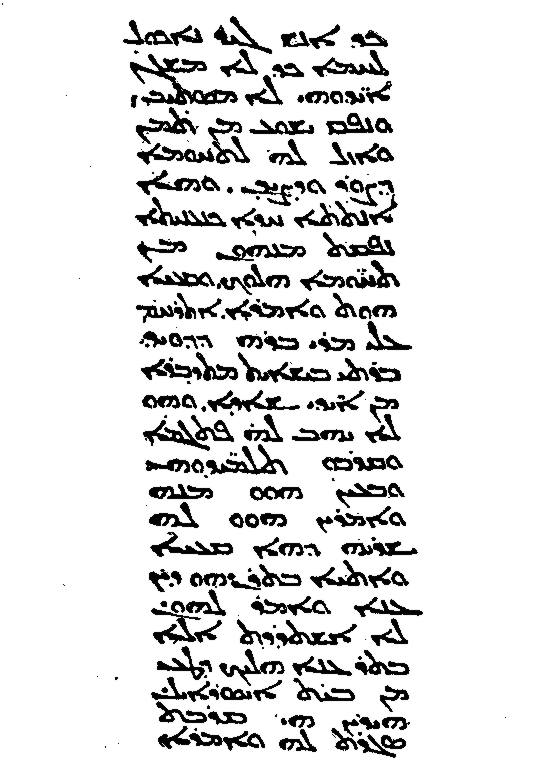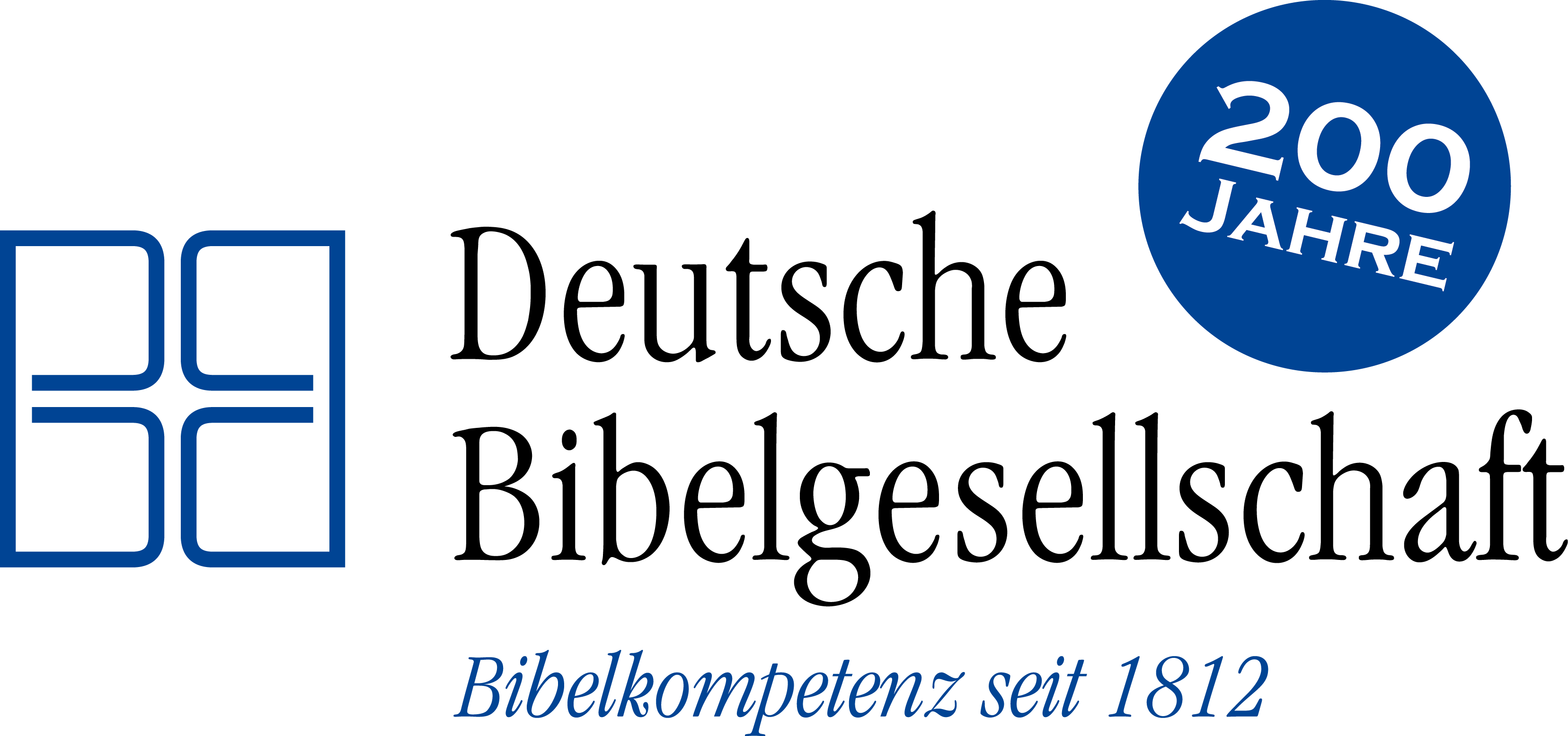|
Codex Bobiensis
Codex Bobiensis or Bobbiensis (Siglum ''k'', Nr. 1 by Beuron) is one of the oldest Old Latin manuscripts of the New Testament. The fragmentary text contains parts of the Gospel of Mark (Mark 8:8-16:8) and Gospel of Matthew ( Matthew 1:1-15:36). ''Codex Bobiensis'' is the only known example of the ''shorter ending'' added directly to Mark 16:8, but not the "long ending" through Mark 16:20. The Latin text of the codex is a representative of the Western text-type. History It was probably written in North Africa, and is dated to the 4th or 5th century. Later, it was brought to the monastery in Bobbio in northern Italy. It was traditionally assigned to St. Columban, who died in the monastery he had founded there, in 615. Today it is housed in the Turin National University Library. Researchers, comparing the ''Codex Bobiensis'' with quotes from Cyprian’s publications from the 3rd century, think it may represent a page from the Bible Cyprian used while he was a bishop in Cartha ... [...More Info...] [...Related Items...] OR: [Wikipedia] [Google] [Baidu] |
Curetonian Gospels
The Curetonian Gospels, designated by the ''siglum'' syrcur, are contained in a manuscript of the four gospels of the New Testament in Old Syriac. Together with the Sinaiticus Palimpsest the Curetonian Gospels form the Old Syriac Version, and are known as the Evangelion Dampharshe ("Separated Gospels") in the Syriac Orthodox Church. The Gospels are commonly named after William Cureton who maintained that they represented an Aramaic Gospel and had not been translated from Greek (1858) and differed considerably from the canonical Greek texts, with which they had been collated and "corrected". Henry Harman (1885) concluded, however, that their originals had been Greek from the outset. The order of the gospels is Matthew, Mark, John, Luke. The text is one of only two Syriac manuscripts of the separate gospels that possibly predate the standard Syriac version, the Peshitta; the other is the Sinaitic Palimpsest. A fourth Syriac text is the harmonized '' Diatessaron''. The Curetonian ... [...More Info...] [...Related Items...] OR: [Wikipedia] [Google] [Baidu] |
John Wordsworth
John Wordsworth (1843–1911) was an English Anglican bishop and classical scholar. He was Oriel Professor of the Interpretation of Holy Scripture at the University of Oxford from 1883 to 1885, and Bishop of Salisbury from 1885 to 1911. Life He was born at Harrow on the Hill, to the priest (and later bishop) Christopher Wordsworth, nephew of the poet William Wordsworth. He was born into a clerical family: his father was to become Bishop of Lincoln, his uncle, Charles Wordsworth, Bishop of Saint Andrews, Dunkeld and Dunblane, and his grandfather, Christopher Wordsworth had been Master of Trinity College, Cambridge. John Wordsworth was a precocious child, the third in a family of seven and the elder of two brothers. His younger brother Christopher (1848–1938) was to become a noted liturgical scholar, and his eldest sister Dame Elizabeth Wordsworth was a pioneer of women's higher education and the founding Principal of Lady Margaret Hall, Oxford. He studied at Winchester Col ... [...More Info...] [...Related Items...] OR: [Wikipedia] [Google] [Baidu] |
List Of New Testament Latin Manuscripts
The following articles contain lists of New Testament manuscripts: In Coptic * List of Coptic New Testament manuscripts In Greek * List of New Testament papyri * List of New Testament uncials * List of New Testament minuscules ** List of New Testament minuscules (1–1000) ** List of New Testament minuscules (1001–2000) ** List of New Testament minuscules (2001–) * List of New Testament lectionaries In Latin * ''Vetus Latina'' manuscripts § New Testament * Vulgate manuscripts § New Testament In Syriac * List of Syriac New Testament manuscripts See also * Biblical manuscript ** List of Hebrew Bible manuscripts ** Septuagint manuscripts * Bible translations ** Bible translations into Geʽez ** List of Bible translations by language The United Bible Societies reported that the Bible, in whole or part, has been translated in more than 3,324 languages (including an increasing number of sign languages), including complete Old or New Testaments in 2,189 ... [...More Info...] [...Related Items...] OR: [Wikipedia] [Google] [Baidu] |
Bruce M
The English language name Bruce arrived in Scotland with the Normans, from the place name Brix, Manche in Normandy, France, meaning "the willowlands". Initially promulgated via the descendants of king Robert the Bruce (1274−1329), it has been a Scottish surname since medieval times; it is now a common given name. The variant ''Lebrix'' and ''Le Brix'' are French variations of the surname. Actors * Bruce Bennett (1906–2007), American actor and athlete * Bruce Boxleitner (born 1950), American actor * Bruce Campbell (born 1958), American actor, director, writer, producer and author * Bruce Davison (born 1946), American actor and director * Bruce Dern (born 1936), American actor * Bruce Gray (1936–2017), American-Canadian actor * Bruce Greenwood (born 1956), Canadian actor and musician * Bruce Herbelin-Earle (born 1998), English-French actor and model * Bruce Jones (born 1953), English actor * Bruce Kirby (1925–2021), American actor * Bruce Lee (1940–1973), martial ... [...More Info...] [...Related Items...] OR: [Wikipedia] [Google] [Baidu] |
Bruce Metzger
Bruce Manning Metzger (February 9, 1914 – February 13, 2007) was an American biblical scholar, Bible translator and textual critic who was a longtime professor at Princeton Theological Seminary and Bible editor who served on the board of the American Bible Society and United Bible Societies. He was a scholar of Greek, New Testament, and New Testament textual criticism, and wrote prolifically on these subjects. Metzger was one of the most influential New Testament scholars of the 20th century. He was elected to the American Philosophical Society in 1986. Biography Metzger was born on February 9, 1914, in Middletown, Pennsylvania, and earned his BA (1935) at Lebanon Valley College. Metzger had strong academic training in Greek before enrolling in Princeton Seminary, and in the summer prior to entering the Seminary, he completed reading through the entire Bible consecutively for the twelfth time. He received his ThB in 1938 at Princeton Theological Seminary, and in the autumn ... [...More Info...] [...Related Items...] OR: [Wikipedia] [Google] [Baidu] |
Deutsche Bibelgesellschaft
The Deutsche Bibelgesellschaft ("German Bible Society") is a religious foundation regulated by public law. It is involved in publishing and in spreading the message of the Bible. The Society publishes the Bible in the original languages and in translation, as well as the texts of the apocrypha and scholarly works in biblical studies. History In 1965, independent regional Bible Societies came together as the Protestant Bible Organisation. The German Bible Society was formed in 1981 when this organization joined with the German Bible Foundation, made up of the Bible Societies of the Protestant Churches of the German states. The Society is based in the Möhringen district of Stuttgart. Its origins can be traced back to, among other things, the Canstein Bible Institution, founded in 1710. ; Published books The German Bible Society's publishing operations cover more than 700 books and other products, of which 300 are Bible editions. It distributes more than 400,000 Bibles annuall ... [...More Info...] [...Related Items...] OR: [Wikipedia] [Google] [Baidu] |
Novum Testamentum Graece
(''The New Testament in Greek'') is a critical edition of the New Testament in its original Koine Greek, forming the basis of most modern Bible translations and biblical criticism. It is also known as the Nestle–Aland edition after its most influential editors, Eberhard Nestle and Kurt Aland. The text, edited by the Institute for New Testament Textual Research, is currently in its 28th edition, abbreviated NA28. The title is sometimes applied to the United Bible Societies (UBS) edition, which contains the same text (its fifth edition, "UBS5", contains the text from NA28). The latter edition is aimed at translators and so focuses on variants that are important for the meaning whereas the NA includes more variants. The release of a 29th edition is expected in 2024. Methodology The Greek text as presented is what biblical scholars refer to as the "critical text". The critical text is an eclectic text compiled by a committee that compares readings from a large number of m ... [...More Info...] [...Related Items...] OR: [Wikipedia] [Google] [Baidu] |
Kurt Aland
Kurt Aland (28 March 1915 – 13 April 1994) was a German theologian and biblical scholar who specialized in New Testament textual criticism. He founded the '' Institut für neutestamentliche Textforschung'' (Institute for New Testament Textual Research) in Münster and served as its first director from 1959 to 1983. He was one of the principal editors of '' Nestle–Aland – Novum Testamentum Graece'' for the Deutsche Bibelgesellschaft and ''The Greek New Testament'' for the United Bible Societies. Life Aland was born in Berlin- Steglitz. He started studying theology in 1933 at the Friedrich-Wilhelms-Universität in Berlin (he also studied philology, archaeology, and history). On 23 March that year, he was examined before the ''Bruderrat'' (council of brothers) in the ''Bekennende Kirche'' (Confessing Church). During his studies, he worked for the journal of the Confessing Church, ''Junge Kirche'' (Young Church). In an ideological brochure, ''Wer fälscht?'' (Who is lying? ... [...More Info...] [...Related Items...] OR: [Wikipedia] [Google] [Baidu] |
Barbara Aland
Barbara Aland, née Ehlers (born 12 April 1937 in Hamburg, Germany) is a German theologian and was a Professor of New Testament Research and Church History at Westphalian Wilhelms-University of Münster until 2002. Biography After having completed her degree of Theology and Classical Philology in Frankfurt, Marburg and Kiel she received the PhD (dissertation on the Socratic Aeschines) in 1964 in Frankfurt/Germany. In 1969 she gained her licentiate at the "Oriental Faculty" of ''Pontificio Istituto Biblico'' in Rome, Italy. In 1972 she could habilitate in Göttingen about the Syrian gnostic Bardesanes of Edessa. Since 1972 she acted as private lecturer, later on she became professor for "Church History and New Testament Research with eminently consideration of Christian Orient" at the Evangelisch-Theologischen Fakultät in Münster, Germany. In 1983 she became director of the Institute for New Testament Textual Research (which was founded in 1959 by her husband Kurt Aland) ... [...More Info...] [...Related Items...] OR: [Wikipedia] [Google] [Baidu] |
Erwin Nestle
Erwin Nestle (22 May 1883 in Münsingen, Germany – 1972), son of Eberhard Nestle, was a German scholar who continued editing his father's "Nestle Edition" of the New Testament The New Testament grc, Ἡ Καινὴ Διαθήκη, transl. ; la, Novum Testamentum. (NT) is the second division of the Christian biblical canon. It discusses the teachings and person of Jesus, as well as events in first-century Christ ... in Greek, adding a full critical apparatus in the thirteenth edition. References 1883 births 1972 deaths People from Münsingen, Germany {{Authority control ... [...More Info...] [...Related Items...] OR: [Wikipedia] [Google] [Baidu] |
Eberhard Nestle
Eberhard Nestle (1 May 1851, Stuttgart – 9 March 1913, Stuttgart) was a German biblical scholar, textual critic, orientalist, editor of the ''Novum Testamentum Graece'', and the father of Erwin Nestle. Life Nestle was a son of the upper tribunal procurator (''Obertribunalprokurator'') Christian Gottlieb Nestle and his wife Sophie Beate Kleinmann. His half-brother from his father's second marriage was classical philologist Wilhelm Nestle. Nestle studied at the University of Tübingen – the Tübinger Stift – from 1869 to 1874. His studies culminated in his doctoral thesis on the Hebrew and Greek text forms of the Book of Ezekiel. Afterwards he worked in the area of orientalism and wrote, among other things, a Syriac grammar. During his later years, his focus changed to textual criticism of the New Testament. Between 1898 and 1912 he worked as professor at the Evangelical Seminaries of Maulbronn and Blaubeuren. In 1880, he married Klara Kommerell (1852–87) in Tübingen; ... [...More Info...] [...Related Items...] OR: [Wikipedia] [Google] [Baidu] |







.png)